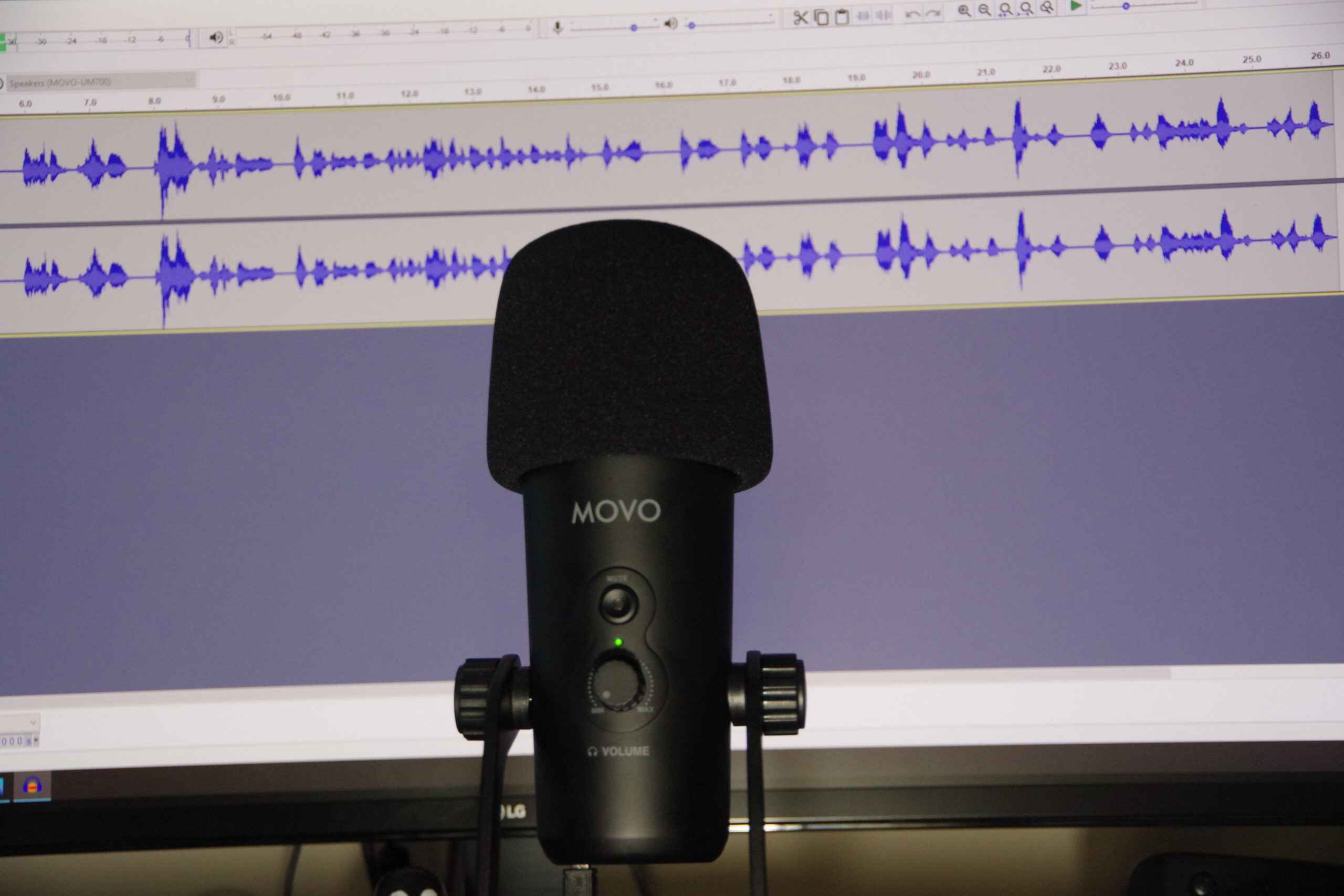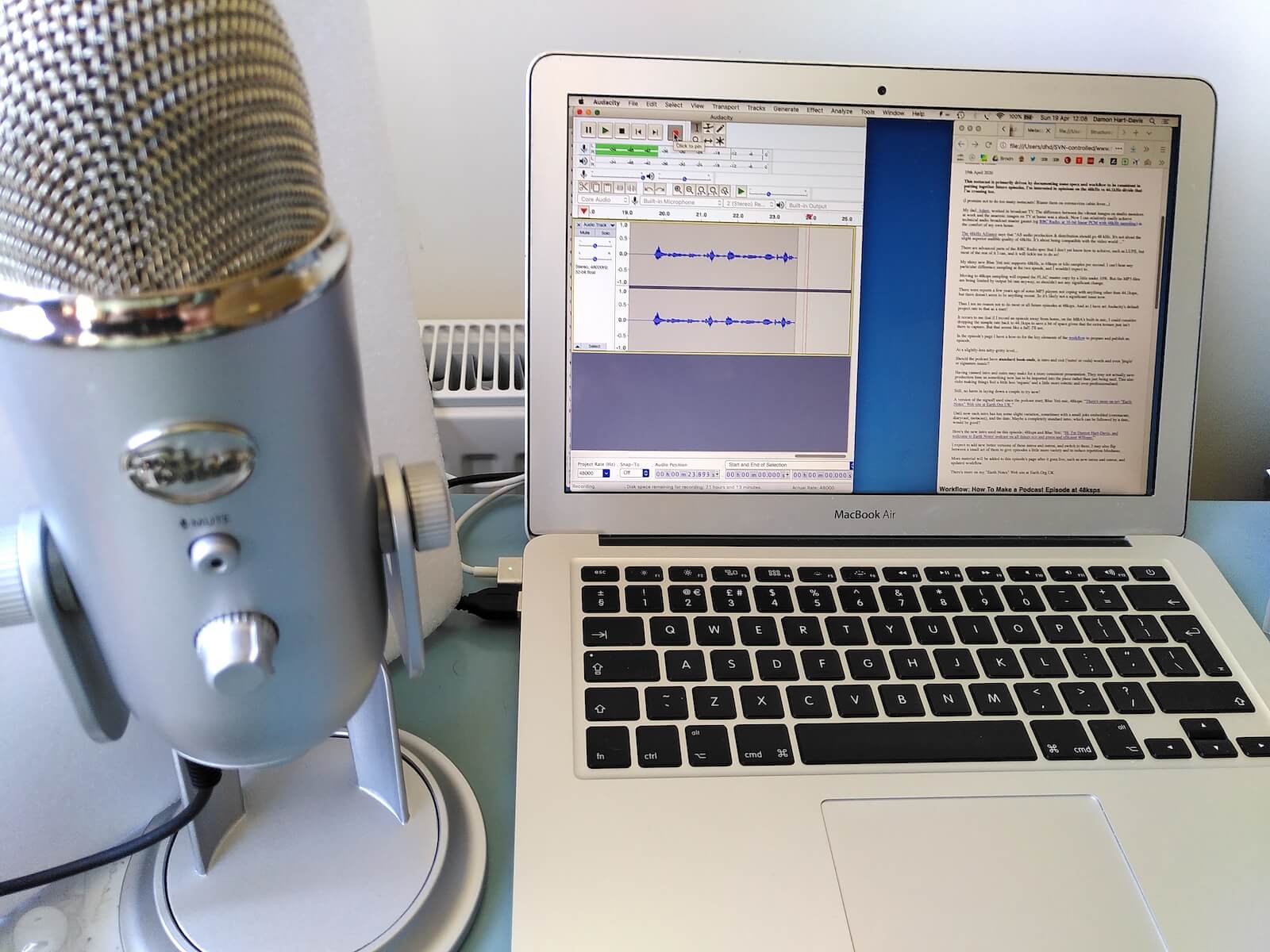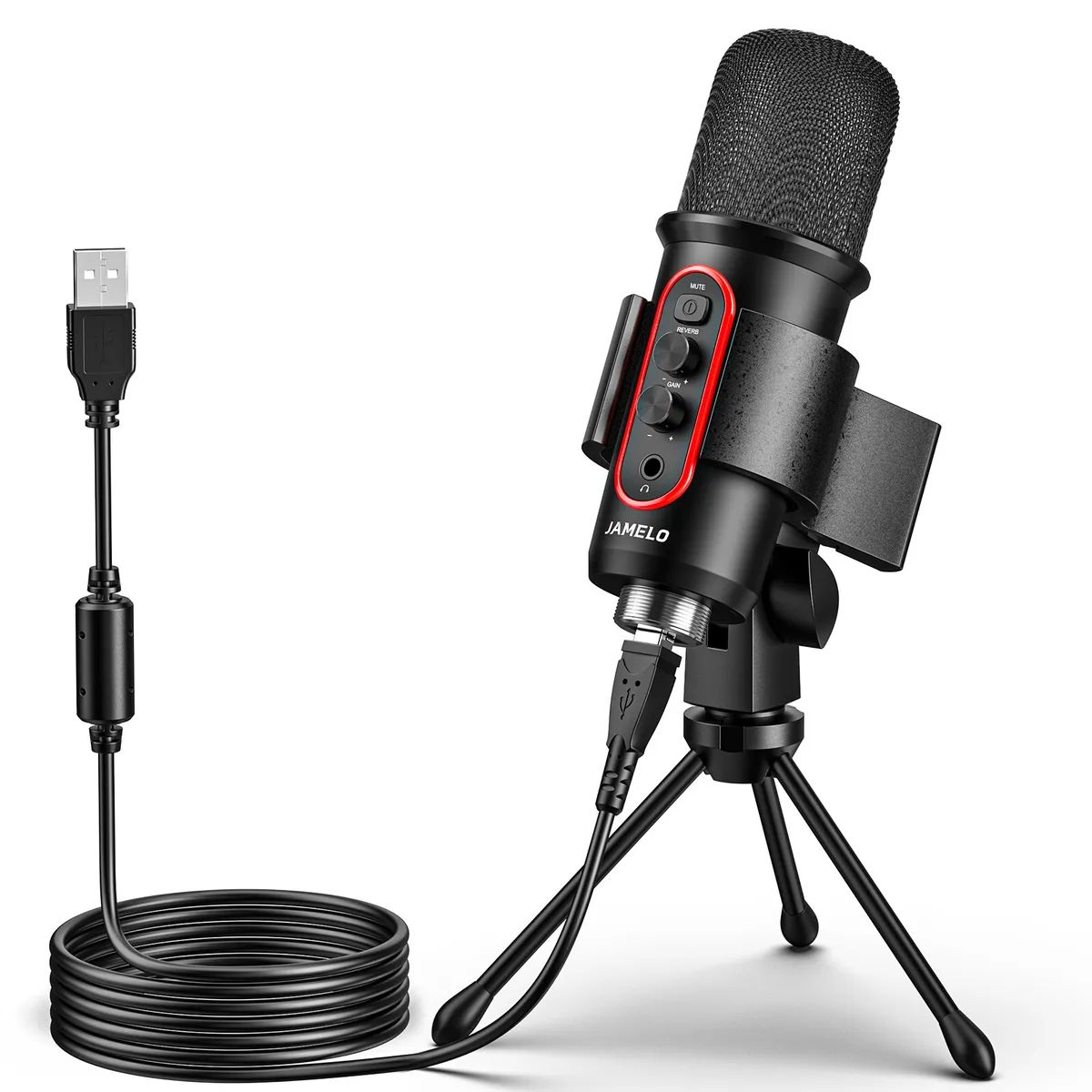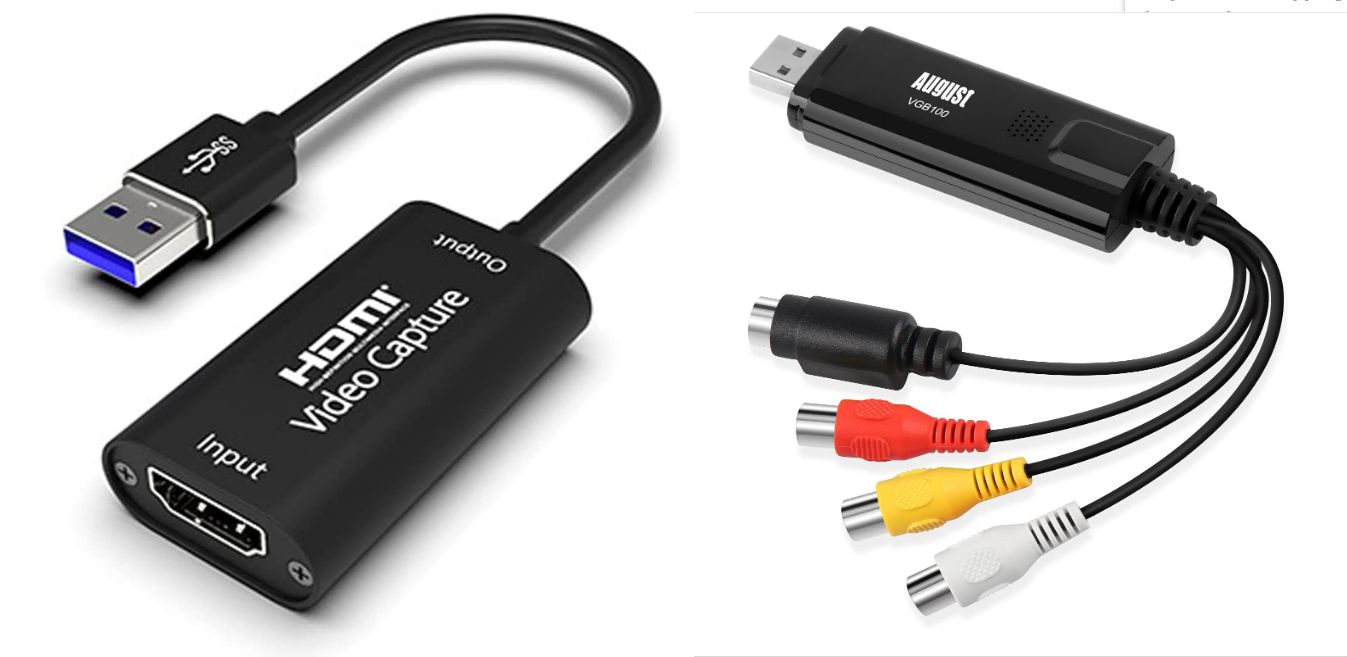Introduction
USB microphones have become increasingly popular among musicians, podcasters, and content creators due to their convenience and ease of use. However, it can be frustrating when your USB microphone fails to work properly in Audacity, a popular software for recording and editing audio.
In this article, we will explore common issues that users face when their USB microphones don’t function as expected in Audacity. We will also provide troubleshooting tips and solutions to help you get your USB microphone up and running smoothly.
Before diving into the specifics, it’s important to note that USB microphones require a stable and functioning USB connection in order to work properly. Additionally, Audacity has certain system requirements that need to be met to ensure optimal performance. By checking these requirements and following the troubleshooting steps outlined in this article, you’ll be on your way to resolving any issues you may encounter with your USB microphone in Audacity.
Next, we will address common issues that could be causing problems with your USB microphone in Audacity and guide you through the troubleshooting process to get your microphone working again.
Common Issues with USB Microphones
While USB microphones are generally reliable and user-friendly, there are several common issues that users may encounter when using them in Audacity. Understanding these issues is crucial for troubleshooting and resolving any problems you may face. Here are some frequent challenges:
- No Audio Input: One of the most common issues is when there is no audio input signal detected by Audacity from your USB microphone. This could be due to incorrect settings, a faulty USB connection, or a problem with the microphone itself.
- Low Volume or Noisy Sound: Another issue you might encounter is extremely low volume or distorted, noisy sound. This can be caused by improper microphone placement, incorrect input levels, or a problem with the microphone driver.
- Compatibility Issues: Sometimes, certain USB microphones may not be compatible with Audacity or your operating system. This can result in the microphone not being recognized or not functioning properly in Audacity. Checking the compatibility before purchasing a USB microphone is essential to avoid these issues.
- Interference or Audio Dropouts: Interference from other electronic devices or USB ports can cause audio dropouts or interruptions during recording or playback. This can lead to a poor recording quality or even complete audio loss.
- Installation and Driver Problems: Incorrect installation of microphone drivers or outdated drivers can prevent the USB microphone from working correctly in Audacity. Keeping your drivers up to date is important for ensuring compatibility and optimal performance.
Understanding these common issues will guide you towards the appropriate troubleshooting steps. In the following sections, we will discuss how to address each of these problems and get your USB microphone functioning properly in Audacity.
Checking System Requirements
Before troubleshooting any issues with your USB microphone in Audacity, it’s essential to ensure that your system meets the minimum requirements for running the software smoothly. Neglecting this step can lead to compatibility issues and unexpected behavior. Here are the key system requirements to check:
- Operating System: Verify that your operating system is compatible with the version of Audacity you are using. Audacity supports Windows, macOS, and Linux operating systems, but make sure you have the supported version.
- Processing Power: Audacity can be resource-intensive, especially when dealing with large audio files or applying effects. Ensure that your computer has sufficient processing power (CPU) and memory (RAM) to handle the demands of running Audacity and processing audio in real-time.
- Storage Space: Check if you have enough free storage space on your hard drive to save your audio recordings. Insufficient storage space can lead to recording errors or the inability to save files.
- Audio Drivers: Ensure that your computer’s audio drivers are up to date. Outdated or incompatible audio drivers can cause issues with USB microphones and Audacity. Check the manufacturer’s website for the latest driver updates.
- USB Port: Verify that your USB port is functioning properly. Try connecting other USB devices to ensure they work correctly. Sometimes, using a different USB port can resolve connectivity issues with your USB microphone.
By ensuring your system meets these requirements, you can eliminate any potential compatibility issues that may arise when using a USB microphone in Audacity. If your system meets the specifications and you’re still experiencing problems, move on to the next troubleshooting steps.
Updating Audacity and Microphone Drivers
Outdated software and drivers can often cause compatibility issues with USB microphones in Audacity. Therefore, it is important to keep both Audacity and your microphone drivers up to date. This section will guide you through the process of updating both.
Updating Audacity:
- Open Audacity and go to the “Help” menu.
- Select “Check for Updates” to see if there are any available updates for Audacity.
- If updates are found, follow the prompts to download and install the latest version of Audacity.
It’s highly recommended to regularly check for updates to ensure you have the latest features, bug fixes, and compatibility improvements that can resolve issues with USB microphones.
Updating Microphone Drivers:
- Identify the make and model of your USB microphone.
- Visit the manufacturer’s website and navigate to their support or downloads section.
- Search for the latest driver for your specific microphone model and download it.
- Once downloaded, run the driver installer and follow the on-screen instructions to update the drivers.
Updating your microphone drivers ensures that your USB microphone is recognized and properly functioning in Audacity. It can also improve compatibility and resolve any driver-related issues that may be hampering the microphone’s performance.
After updating Audacity and your microphone drivers, restart your computer to apply the changes. Test your USB microphone in Audacity to see if the issues have been resolved. If you’re still experiencing problems, continue reading for further troubleshooting steps.
Selecting the Correct Input Device in Audacity
One common issue with USB microphones in Audacity is selecting the incorrect input device. Audacity allows you to choose the input source from which it will capture audio, and if this setting is not configured properly, your USB microphone may not be recognized or function as expected. Here’s how to select the correct input device:
- Launch Audacity and go to the “Edit” menu.
- Select “Preferences” to open the Preferences window.
- In the Preferences window, click on the “Devices” tab.
- Under the “Recording” section, locate the “Device” dropdown menu.
- Click on the dropdown menu and select your USB microphone as the preferred input device.
- Click “OK” to save the changes and close the Preferences window.
By selecting the correct USB microphone as the default input device in Audacity, you ensure that the software captures audio from the appropriate source. This step is crucial for resolving issues related to no audio input or incorrect input source selection.
Once you’ve selected the correct input device, test your USB microphone in Audacity to see if it now functions properly. If the issues persist, it’s important to check the input levels in Audacity, which we’ll cover in the next section.
Adjusting Input Levels in Audacity
When using a USB microphone in Audacity, it’s important to ensure that the input levels are properly adjusted. Improper input levels can result in low volume recording, distorted sound, or no audio at all. Follow these steps to adjust the input levels in Audacity:
- Launch Audacity and select your USB microphone as the input device, as explained in the previous section.
- Click on the microphone icon next to the input device dropdown menu in Audacity’s toolbar. This will open the input level controls.
- Speak loudly into your USB microphone, and while doing so, observe the input level meter. Ensure that the meter doesn’t consistently reach the maximum level, as this can cause distortion.
- If the input level is too low, adjust the microphone’s gain or sensitivity using the controls on the microphone itself, if available.
- If the input level is still too low, go to the “Edit” menu, select “Preferences,” and navigate to the “Recording” section in the Preferences window.
- Adjust the input level slider to increase or decrease the input volume. Experiment with different levels until you find the appropriate setting.
- Once you’ve adjusted the input levels to your satisfaction, click “OK” to save the changes.
Properly adjusting the input levels in Audacity ensures optimal sound quality without distortion or low volume. After making these adjustments, test your USB microphone again in Audacity to confirm that it’s now working as expected. If you’re still experiencing issues, proceed to the next troubleshooting steps.
Troubleshooting USB Connection Issues
If you’re encountering problems with your USB microphone in Audacity, it’s crucial to troubleshoot any USB connection issues that may be causing the problem. Here are some troubleshooting steps to follow:
- Disconnect the USB cable from your computer and USB microphone.
- Inspect both ends of the USB cable for any visible damage or bent pins. If you notice any issues, try using a different USB cable.
- Connect the USB cable securely to both your computer and the USB microphone.
- If you’re using a USB hub, try bypassing the hub and connecting the USB cable directly to a USB port on your computer. This can help diagnose whether the hub is causing the problem.
- Try using a different USB port on your computer. Sometimes, a specific USB port may not provide enough power or have a faulty connection.
- Restart your computer. This can help resolve any temporary issues with the USB ports or drivers.
- If possible, test your USB microphone on another computer. This can help determine if the issue is specific to your computer or the microphone itself.
- Check the manufacturer’s website for any firmware updates for your USB microphone. Updating the firmware can address certain compatibility issues.
By following these troubleshooting steps, you can identify and resolve any USB connection issues that may be interfering with the proper functioning of your USB microphone in Audacity. Once you’ve completed these steps, test your USB microphone in Audacity to see if the issues have been resolved.
Testing the Microphone on Another Device
If you’re still experiencing issues with your USB microphone in Audacity, it’s worth testing the microphone on another device to determine if the problem lies with the microphone itself or with your computer or Audacity. Here’s how to test the microphone on another device:
- Connect your USB microphone to a different computer or device that supports USB audio.
- Open an audio recording program or app on the other device. This can be Audacity, another audio editing software, or even a voice recording app.
- Configure the audio settings in the recording program to use the USB microphone as the input device.
- Perform a sound test by speaking into the microphone and monitoring the audio input levels and quality.
- If the USB microphone works flawlessly on the other device, it suggests that the microphone itself is not the cause of the problem.
- In this case, the issue may lie with your computer’s settings, Audacity’s configuration, or the compatibility between your computer and Audacity.
- Refer to the previous sections in this article for further troubleshooting steps specific to Audacity and your computer.
- If the USB microphone doesn’t work on the other device, it indicates a potential problem with the microphone’s hardware or compatibility.
- Contact the manufacturer’s support for further assistance, especially if the microphone is still under warranty.
By testing the USB microphone on another device, you can narrow down the potential causes of the issue and focus your troubleshooting efforts on the relevant areas. This step can help pinpoint whether the problem lies with your computer, Audacity, or the USB microphone itself.
Checking for Hardware Faults
If you’ve exhausted all the troubleshooting steps mentioned earlier and are still experiencing issues with your USB microphone in Audacity, it’s important to consider the possibility of hardware faults. Here are some steps to check for hardware faults:
- Inspect the USB cable of your microphone for any visible damage, fraying, or loose connections. If you notice any issues, try using a different USB cable.
- Examine the USB port on your computer for any physical damage or debris that may be obstructing the connection. If necessary, use compressed air to clean the port.
- Try connecting your USB microphone to a different USB port on your computer to rule out a faulty port or connection.
- Test the USB microphone on another computer or device to see if the issue persists. If it works without any problems on a different device, it indicates that there may be an issue with your computer’s hardware or settings.
- If possible, borrow or use a different USB microphone to connect to your computer and see if it functions properly in Audacity. This will help determine if the issue is specific to your USB microphone or if it’s a broader problem with Audacity or your computer’s audio settings.
- Contact the manufacturer’s support or consult a professional technician if you suspect a hardware fault with your USB microphone. They will be able to assist you in diagnosing and resolving any hardware-related issues.
By checking for hardware faults, you can determine if the problem lies with the USB microphone itself, the USB cable, the USB port, or any other hardware-related factors. This will help you make an informed decision about the next steps in resolving the issue.
Final Thoughts
Dealing with issues related to USB microphones in Audacity can be frustrating, but with the right troubleshooting steps, you can often resolve the most common problems. Throughout this article, we’ve covered various aspects of troubleshooting, from system requirements and software updates to input device selection, input level adjustments, USB connection issues, testing on another device, and checking for hardware faults.
It’s important to approach each troubleshooting step systematically and carefully, as each possible solution can bring you closer to resolving the issue. Additionally, don’t hesitate to seek assistance from the manufacturer’s support team or professional technicians if the problem persists or if you suspect a hardware fault.
Remember to keep your Audacity software and microphone drivers up to date, select the correct input device, adjust input levels appropriately, and check for any USB connection-related problems. Testing the microphone on another device can help you determine whether the issue is with your computer or the microphone itself.
By following these troubleshooting steps, performing thorough checks, and seeking professional help if necessary, you’ll increase the chances of resolving any issues with your USB microphone in Audacity.
With a properly functioning USB microphone, you can continue creating high-quality audio recordings, podcasts, music, and other multimedia projects using Audacity with confidence and ease.

























